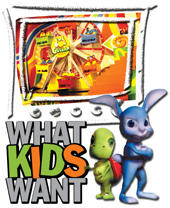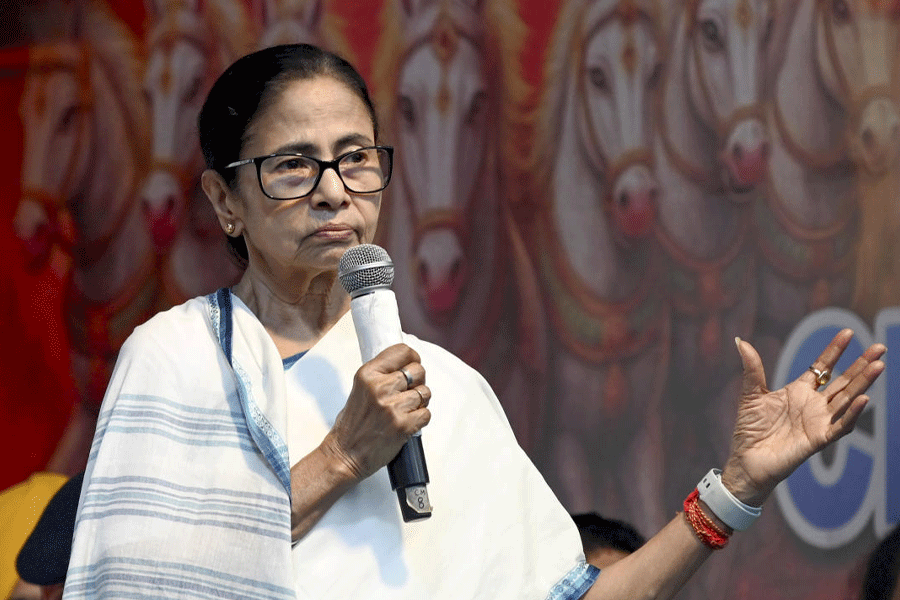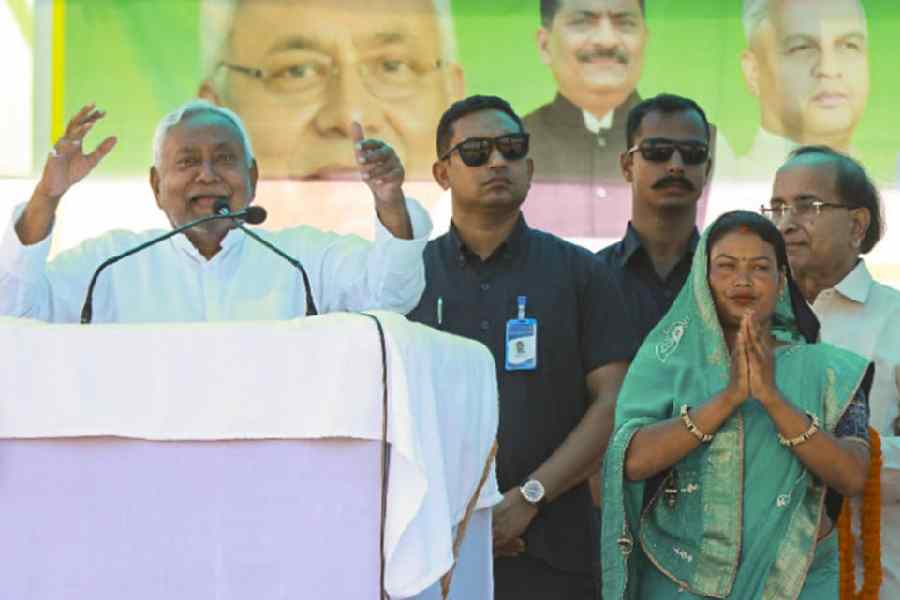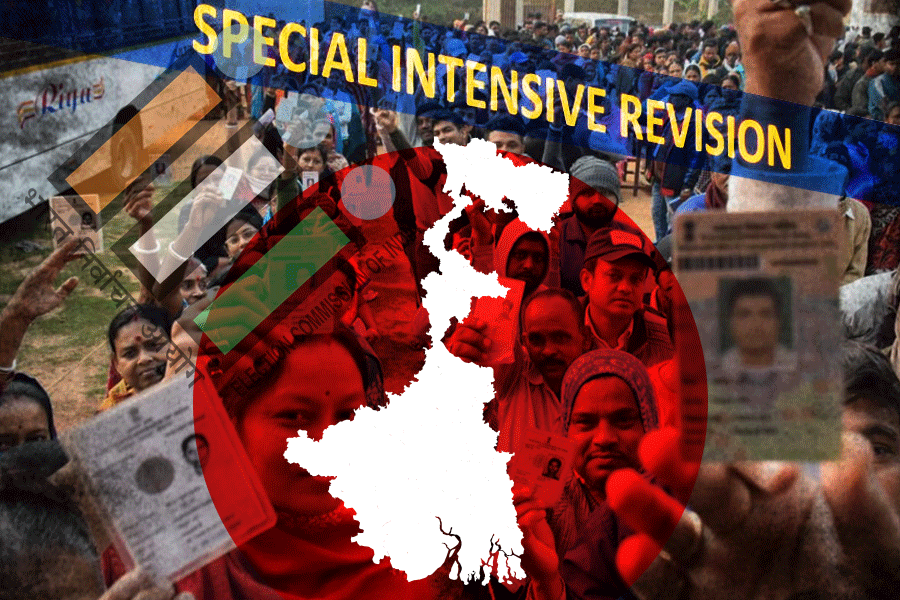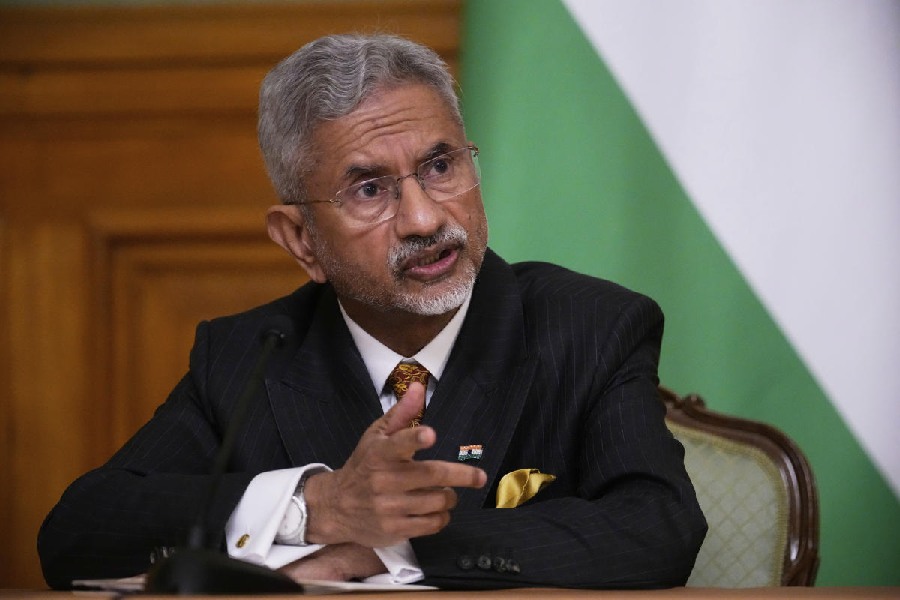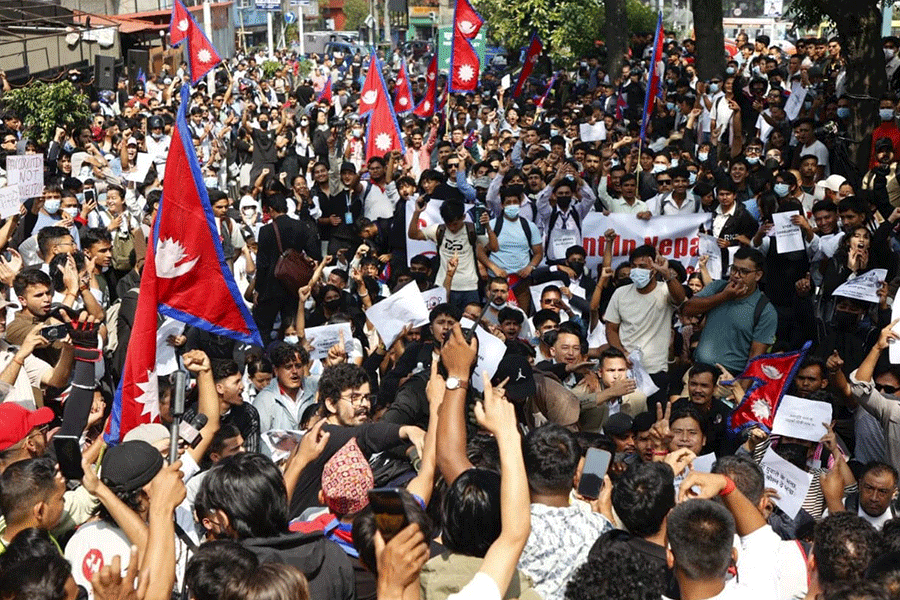 |
| FOR YOUng EYES ONLY: (From top) A still from a Hungama TV show, Dheeru and Cheeku of Cartoon Network and a Splash TV grab |
In the coming days, Arnav Kapur plans to keep a diary. Not to note down how he played football, his favourite game, in the evening or whether he had trouble negotiating his homework in the afternoon. The 11-year-old will keep a record of what he likes or doesn’t like about UTV’s Hungama TV, a children’s television channel, all set to go on air next month.
And, every six months — if possible even three — he will fly down from his Model Town home in New Delhi to the Hungama headquarters in Mumbai. There, 19 other TV captains like Kapur, selected after a nation-wide talent hunt from different parts of India — Calcutta, Bangalore, Ludhiana and Jaipur — will hold a governing council meeting and give their seal of approval to the channel’s programming, packaging and promotion. Says Kapur, a class VI student, “I am going to tell them what should be there, what shouldn’t.”
Call it what you will — kid’s empowerment, a marketing gimmick, or, simply a sign of the times. But the rapidly increasing tribe of children’s television channels in India is leaving no stone unturned to attract the young eyeball. Getting interactive, localising content, roping in rising cricketers as brand ambassadors — channels are doing anything and everything to get inside the head of the young and grab a chunk of an expanding market pie.
Consider this. On the lines of Channel V’s successful popstar hunt, Chennai-based channel, Splash, plans to go to schools across north and south India and find India’s best kids’ music band. Nickelodeon, now re-christened Nick, is taking innovation to abstract art levels. The channel will go dark from 3 pm to 4 pm on October 2, to encourage kids to switch off the TV set, get out of the house and play. Even Sony’s recently begun Animax, which targets both kids and youths, has roped in cricketer Irfan Pathan as brand ambassador.
It’s the day of the young couch potato. In the coming months, the kids will be spoilt for choice as more players join the party. Walt Disney plans to start a kids’ channel shortly. Sources say Subhash Chandra’s Essel Group is on the verge of inking a deal with a foreign company for a kids’ channel called Space Toons. And Splash, having already created ripples down south, plans to invade the north and the west in another six months.
Add to this the already existing Cartoon Network, Pogo, Nick and the kid/youth Animax, children’s programmes on regular entertainment networks and infotainment channels such as Animal Planet — and you have more networks than a kindergarten kid can count. “In terms of activity, if 2003 was the year of news channels, this is the year of kids’ channels,” says senior media planner Sandeep Tarkas.
But winning the new kid’s heart is not easy. Fed on cable and satellite television, the child is discerning, finicky and has a 30-second attention span. Back in the Eighties, things were simpler. Then, children were forced to settle for cheap foreign-made shows such as Jamie and the Magic Torch and My Little Pony on Doordarshan, In-dia’s only channel those days.
If kids’ programmes then were mostly borrowed, the shows today are trying to go desi. And there is a reason for that — over 50 million Indian kids spread from cities to qasbahs today have access to satellite and cable television. And the satellite TV’s advance to the Indian hinterland has created and spurred a market need to connect with the small-town, non-English-speaking child.
The effort can be seen across the spectrum. Splash had 60 per cent of foreign programming when it started out in 2001, now it is down to 40 per cent. “Our target is to have 70 per cent local content,” says Udeep Reddy, head of broadcasting, Splash. Hungama, which is positioning itself as the “first made in India” kids’ channel, will also have about 70 per cent of Indian programming. Walt Disney too is trying to assess the entertainment needs in India. “We are committed to localisation,” says Rajat Jain, managing director, Walt Disney Television International (India).
Even market leader Cartoon Network, the first kids’ entertainment channel to come to India in 1995, has acquired eight locally produced animation series in the last three years; the most recent being the Panchatantra-inspired Jungle Tales. Says Anshuman Misra, managing director of Turner International India, “Acquiring local content based on Indian story-telling is a critical growth mandate for the Network in India.” And, Pogo, another Turner channel, recently set up its first-ever original production unit in India.
But going desi isn’t enough. Within the Indianisation process, market research has shown that there is a rising quest among kids for variety programming. Children are looking for multiple genres — game shows, quizzes, serials, cartoons — and often surf channels in search of their favourite programme. When eight-year-old Apoorva Meh-rotra and his friend Sarthak name three of their favourite progammes each, they span channels as varied as Star Plus and Cartoon Network, Animax and Sahara Mano-ranjan. Says Rohit Bhandari of Animax, “We are likely to have a show loyalty rather than a channel loyalty.”
What is also clear is that kids want to be a part of a programme as well. “They want to be more involved. They want to participate,” says Reddy of Splash. Which is why new channels are looking at game shows in a big way. Hungama’s forthcoming attractions include game shows such as Gol Gol Gullam, where participants ride a giant ferris wheel. And Splash plans to inject a dose of edutainment; in one of its shows kids can learn both French and yoga. Says Reddy, “It is an attempt to pull in the kids through their parents.”
Not everyone is sure though that localisation of content holds the key. “I am not entirely convinced it will work the way it does for general entertainment,” says Sameer Nair, COO, Star India. Nonetheless, Star Plus has its own stable of successful desi shows for kids such as Son Pari and Hatim. Last Friday, it went on air with Karma, an adventure thriller which has elements of Superman weaved in.
At the heart of the great kid rush lie market studies indicating that Indian children hugely influence the purchase of adult consumer durables. They call it “pester power.” In a recent global omnibus survey conducted by Synovate, an international market research firm, 42 per cent respondents in India agreed that their choice of car was entirely dependent on their children’s and grandchildren’s needs. “Kids are king in India,” says the study.
The Cartoon Network and NFO’s New Generations 2002 study showed that 31 per cent parents would take their kids along to buy a refrigerator and 38 per cent to buy a television. Reddy was amazed when he saw his niece rush to a shelf at a departmental, grab a detergent powder and put it in the shopping cart. “It seemed to be her favourite for whatever reason,” says he.
Adds Purnendu Bose, chief operating officer, Hungama, “Today seven out of 10 commercials have kids in them and everyone accepts that children are strong influencers in the decision-making process.” In other words, the power of the young in the marketplace has made them an important target for ad spend. Not surprisingly, even Maruti, CitiBank and Asian Paints advertise on Cartoon Network.
Clearly, there is plenty at stake. But, at a time when seven-year-olds prefer Spy Kids to Sonar Kella, the question being asked is: will too many cooks spoil the broth? Facts suggest otherwise. The UK has over 20 kids channels. The US has 17 networks with over 300 shows a week.
The overall ad spend on Indian television is about Rs 4,220 crore as per a Ficci-Ernst and Young 2004 report on the Indian entertainment industry. Of this, kids’ channels and infotainment networks have a combined share of about 2 per cent, roughly Rs 80 crore. But Siddhartha Mukherjee of Tam Media Research is optimistic. “The market is growing,” he says. And likely new entrants such as Disney believe that more channels mean more choice for a child. Says Jain, “A strong, competitive environment will force all the contenders to significantly raise the bar on quality and relevance of content.”
In the coming months, the battle will hot up further. For winning young eyeballs is clearly no child’s play.

